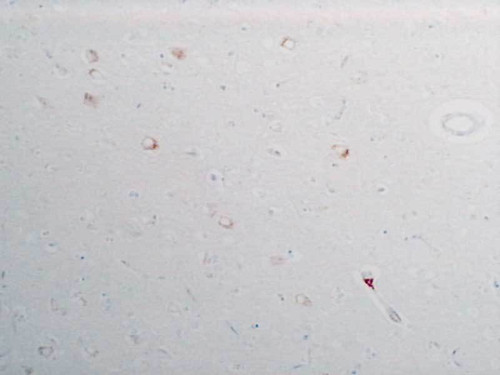Interferon Regulatory Factor-3 (IRF-3) is the gene coding for a regulatory factor that mediates the action of IL-1, TNFα and LPS. It is reported that IRF-3 controls the production of interferons and chemokines in virus infected cells, by a posttranslational mechanism that involves virus induced phosphorylation, protein dimerization, cytoplasmic to nuclear translocation and stimulation of responsive genes. Furthermore, it is reported that the chemokine RANTES, an important physiological inhibitor of HIV replication, is controlled by IRF-3 activation. IRF-3 is ubiquitously expressed in its inactive form in the cytoplasm. Viral infection induces phosphorylation of the Ser 386 in IRF-3 by IRF-3 kinase (IKK-i/ε, TBK-1). This phosphorylation induces dimerization of IRF-3 and association with the coactivators CBP/p300, and the complex activates the target genes in the nucleus. For research use only, not for use in diagnostic procedures.
- application:
- IHC, WB, Immunoprecipitation
- Catalog number:
- 18781-S
- Datasheet:
- formulation:
- Lyophilized product from 1% BSA in PBS containing 0.05% NaN3
- immunogen:
- Synthetic peptide for a.a.137 - a.a.150 (EDILDELLGNMVLA) of IRF-3
- MSDS:
- notes:
- For research use only, not for use in diagnostic procedures.
The datasheet for this product (see above) is intended to serve as an example only. Please refer to the datasheet provided with the antibody for precise details. - Other names:
- Please see datasheet
- Protocol:
- purification:
- Affinity Purified with synthetic peptide
- size:
- 10 µg
- specificity:
- Confirmed by western blotting using His tag IRF-3
- storage:
- Lyophilized product, 5 years at 2 - 8 °C, Solution, 2 years at -20 °C
- Species:
- Human
- Host:
- Rabbit







